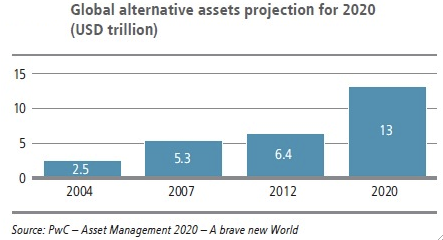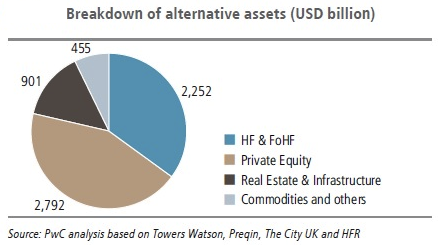The board of the Los Angeles City Employees’ Retirement System (LACERS) has voted to lower its assumed rate of return from 7.75 percent to 7.5 percent – a move that was recommended by the fund’s financial consultants and supported by six of its seven board members.
From the Los Angeles Times:
Los Angeles city pension agency voted Tuesday to rein in its long-range earnings forecast, putting in place changes that could throw the city’s budget $50 million deeper into the hole next year.
The City Employees’ Retirement System board responded to financial consultants who said the agency should no longer assume that its investment portfolio — money that helps cover the cost of employee pensions — will deliver an average yearly return of 7.75%.
[…]
Pension board member Elizabeth Greenwood cast the only opposing vote, saying the city needs more time to emerge from its recent financial crisis. Greenwood had called for the change, which will reduce the system’s earnings assumption to 7.5%, to be delayed until 2017.
“There is no reason we need to rush into a change that is going to slam the city’s budget that hard,” said Greenwood, who was elected to the board by civilian city employees.
[…]
The issue of pension system earnings was raised earlier this year by the LA 2020 Commission, a 13-member group of business, union and civic leaders convened by Council President Herb Wesson. (The commission’s co-chairman, Austin Beutner, is now publisher of The Times.)
In a report released in April, the commission said the city’s pension earnings assumptions should be significantly decreased, so that they are in line with the earnings forecast of Warren Buffett’s company, Berkshire Hathaway.
The commission raised the possibility of a 6% yearly earnings assumption in its report. City Administrative Officer Miguel Santana, the high-level budget official, responded at that time by warning that such a move, if carried out for public safety and civilian workers, would rip a $566-million hole in the budget.
The retirement board initially deadlocked on the proposal to scale back its earnings assumptions. Two weeks ago, pension board member Nilza Serrano said she worried about putting additional pressure on the budget. During the meeting, she walked out of the room to avoid having to cast a vote, leaving her colleagues unable to muster a majority to make the change.
On Tuesday, Serrano reversed course and voted for the reduction, saying she had reviewed the proposal more carefully.
“I got educated,” said Serrano, a Garcetti appointee.
The decision has budgetary implications for the city, because a lower return assumption forces the city to set aside more money for retirement benefits. From the LA Times:
That decision could make it harder for Mayor Eric Garcetti and the City Council to restore services trimmed during the recession, since it forces them to set aside more money in the short term for retirement benefits.
[…]
Budget officials now expect a $165-million shortfall next year and have not factored in the pension board’s changes. The board’s consultant had warned that a failure to reduce the investment return assumption now would only force the city’s budget to pay more later if earnings fall short.
The retirement fund relies on three sources of revenue to cover pensions and healthcare for retired civilian city employees: contributions from workers’ paychecks, money taken from the city’s budget and earnings on the system’s $13.9-billion investment portfolio. When investment returns fall significantly below the agency’s projections, the gap has to be made up by the city budget, leaving less money for taxpayer services.
The board’s vote was opposed by the Coalition of L.A. City Unions, which represents about 20,000 city workers — and is now in salary talks with the city. Both the coalition and Councilman Paul Koretz portrayed the move as unnecessary, since the pension fund had strong investment earnings in recent years.
“This makes it more likely that it will be difficult to give employees any kind of a cost-of-living increase … and more likely that we will provide much fewer services than we would otherwise,” Koretz said.
LACERS manages $13.9 billion in assets.











